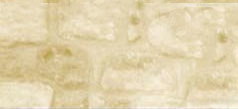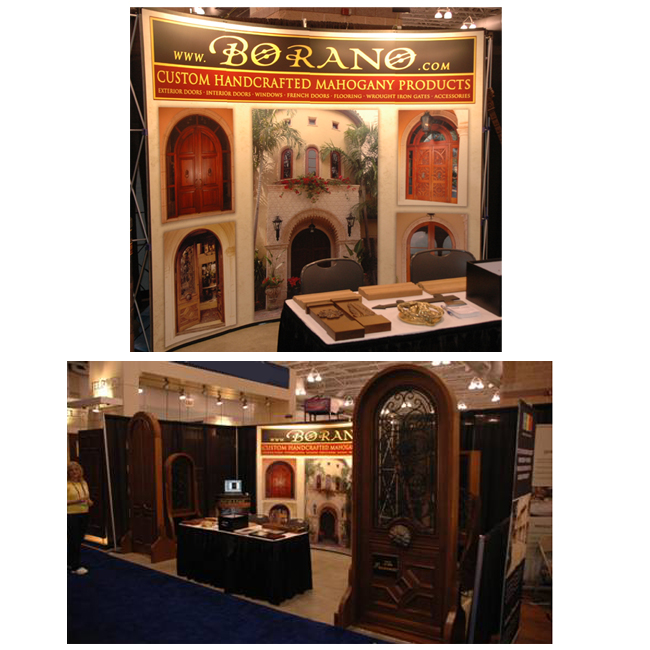|
As soon as
the first Spanish explorers reached the
West Indies they began to examine the
timber resources of their New World.
They needed wood to repair their ships,
battered by the long Atlantic crossing,
and they also sought something valuable
to load into their holds as a return
cargo. They soon discovered the
wonderful red-brown timber that they
called ‘caoba’, which we know as
‘Mahogany’. As early as 1514, it was
being used in the island of Santo
Domingo. Cortes, the conqueror of
Mexico, used it for shipbuilding. By
1584 Philip II of Spain was employing it
to decorate the Escorial Palace in
Madrid. In England, the first recorded
use was at Nottingham Castle in 1680.
From 1715 onwards, regular shipments
took place and it was widely adopted for
high-class tables, chairs, chests,
bedsteads and furniture generally.
At that time it was easy to get the
large planks the cabinet-makers
preferred from Cuba, Jamaica and other
West Indian islands. As large trees
were cut out, the loggers turned to
Honduras, on the Central American
mainland, which now gives its name to
all Mahogany cut in this region. During
the present century shortages in Central
America have made exporters look to
South America for supplies, and much
Mahogany, of this or closely allied
species, is now felled in Colombia,
Venezuela and along the upper reaches of
the River Amazon in Peru, Bolivia and
Brazil. Plantations have been
established in Trinidad, India and
British Honduras.
Mahogany is one of the largest trees of
the tropical American rain forest. It
frequently exceeds 100 feet in height
and its stout bole may measure 40 feet
round, above the large basal
buttresses. It is usually felled from
platforms built 6 feet above the ground,
so that the timber men can clear these
swellings. It is an evergreen, composed
of three to four pairs of leaflets.
Each leaflet is an extended oval, with a
long point, and a sickle-shaped curved
outline, the main vein being set
off-centre. The flowers, which open in
the rainy season, form loose clusters in
the angles of the twigs; they are
greenish white in color, on the true
Honduras Mahogany tree, but reddish
yellow on related kinds.
Each flower ripens, by the dry season,
into a large oval fruit, from two to six
inches long. This has a woody outer
coat and a leathery inner pulp. The
fruit-pod splits into five leaves,
revealing below each of them two rows of
large seeds. The seed is about one inch
long, slender and square in
cross-section with ribs at the angles,
and bears an oblong wing.
When freshly felled the heartwood of
Mahogany is bright pink, with a thin
zone of colorless sapwood. On exposure
to the sunlight, the heartwood rapidly
darkens to the rich coppery-red shade
that we know so well. Mahogany is
rather a light timber and also quite
soft. Its great virtues are ease of
working and stability; once shaped it
does not shrink or warp. It is
naturally durable, and has long been
favored by shipbuilders, from the
Amazonian Indians, who carved it into
canoes, to the modern designers of
luxury yachts.
Mahogany finds its main employment in
the furniture trade, where it is valued
for color, workability, general
stability, and the fact that it is
available in large sizes. It is also
used for high-grade Exterior Mahogany
Doors. Mahogany is readily polished to
highly lustrous surfaces. Though
fashions change, it has held its place
as the leading furniture wood for four
centuries.
Central American Mahogany shows no
marked structural features. It is an
even deep coppery-brown color, with
obscure rings and only slight grain, but
its rays can be seen clearly on
radial-cut surfaces as smooth plates
which reflect the light. The pores,
usually stained or discolored darker,
are large and evenly spread through the
wood. |







